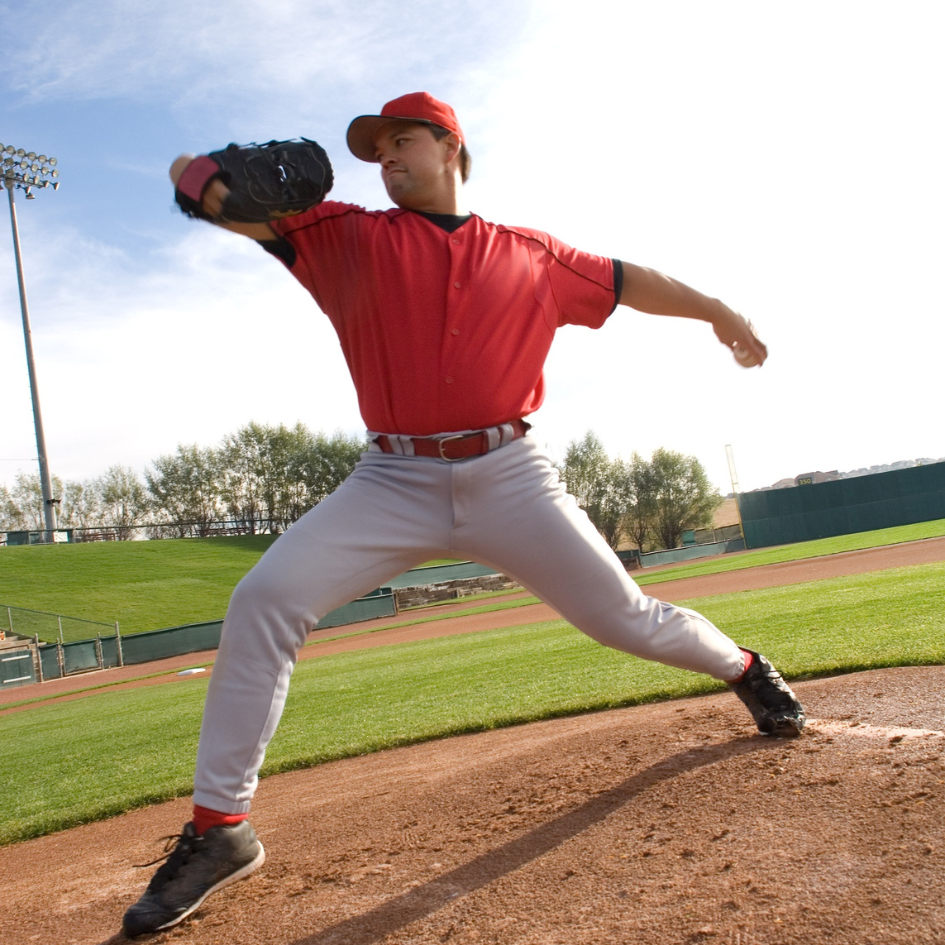
Understanding Elbow Tears – Ulnar Collateral Ligament
In our last post, we began discussing elbow injuries by discussing the distal biceps tendon rupture. Today, we will continue our discussion of the elbow by focusing on another common ligament we see injured: the ulnar collateral ligament (UCL). This post will highlight the UCL, how tears occur, associated symptoms, and generally how recovery/rehabilitation works.
What Is the UCL?
The ulnar collateral ligament (UCL) is a strong band of tissue that connects the upper arm bone (humerus) to one of the forearm bones (ulna) on the inner side of the elbow. The UCL plays a critical role in keeping the elbow stable during movement, specifically with overhead activities like throwing motions. When this ligament is overstressed — either gradually from overuse or suddenly from trauma — it can stretch or tear, leading to pain and instability in the inside of the elbow
Common Causes & Symptoms of UCL Injuries
UCL injuries are most often seen in athletes and individuals who perform repetitive overhead motions, like baseball players and javelin throwers. Three of the most common mechanisms that may lead to an injury to the UCL are repetitive stress, a sudden trauma/fall on an outstretched arm, or improper mechanics/conditioning.
As we know, symptoms can vary depending on the individual and the severity of the injury. Generally, UCL injuries can present with a combination of swelling, bruising, and pain/tenderness on the inner aspect of the elbow. The individual may experience a popping sound, sudden pain, or a feeling of instability in the elbow – especially during a throwing motion
Treatment Options
Non-Surgical (Conservative) Treatment
As we have seen through this mini-series, most tears are either treated non-surgically or surgically. The UCL follows this notion with mild or partial UCL tears that are often successfully treated without surgery. Through initial activity modification, pain/inflammation management, and structured physical therapy to regain ROM, function, and strength. Additionally, improving overhead dynamic stability and throwing mechanics is essential for athletes.
Surgical Treatment (Tommy John Surgery)
For complete tears or when conservative treatment doesn’t provide relief, surgery is typically then recommended. The Tommy John surgery involves reconstructing the damaged UCL with a tendon graft taken from the patient’s own body. Post-surgical rehabilitation involves similar physical therapy guidelines as conservative management, with adherence to post-surgical rehab protocols detailed by the surgeon. On average, a comprehensive rehabilitation program typically spans 9–12 months before returning to full activity.
Preventing UCL Injuries
While not all UCL injuries can be prevented, some common tips I recommend in minimizing the risk of injury include:
- Maintain proper throwing mechanics, and follow a pitch count/rest guidelines (ie: Baseball player)
- Warm up and stretch before the activity
- Build shoulder, core, and forearm strength to help support the elbow joint
Conclusion:
If you have persistent elbow pain, loss of throwing power, or any feeling of instability, it’s time to get evaluated. Early diagnosis and treatment can prevent further damage and lead to a faster, more complete recovery. If you are unsure, consult with one of the physiotherapists at Kamloops Physiotherapy & Sports Injury Centre, as they can guide you through a specific, individualized rehabilitation program that will improve your chances of a full recovery. This blog post was written by physiotherapist Jacob Coelho. To book an appointment with Jacob or one of our other experienced therapists, call 250-314-0788 or book online HERE.
